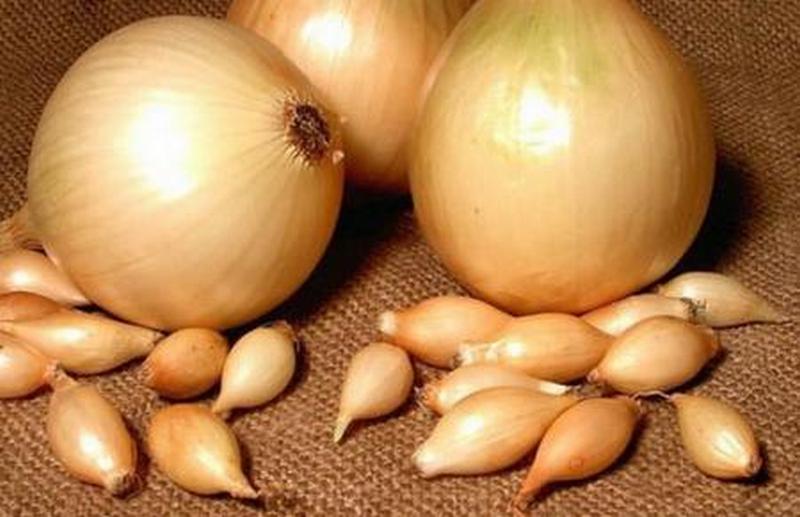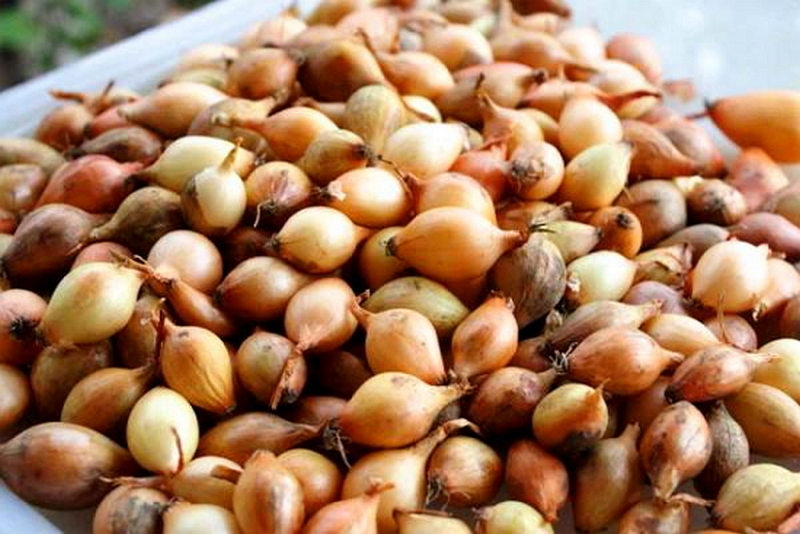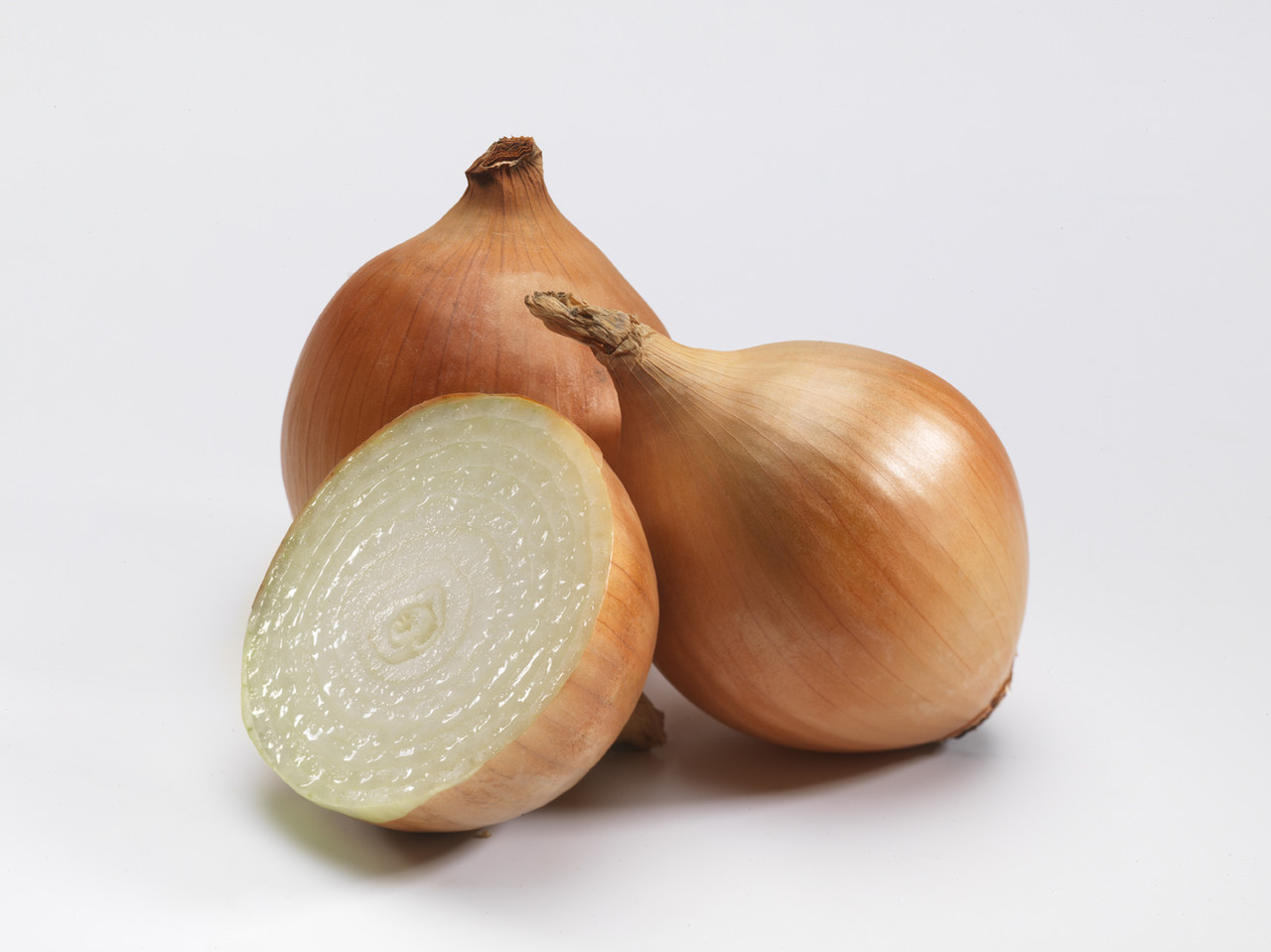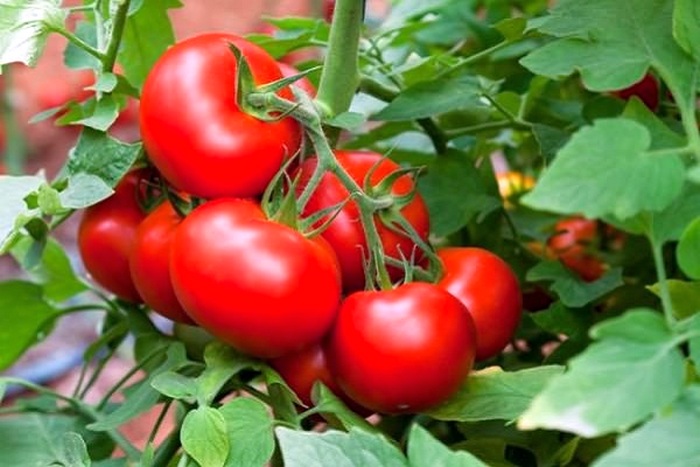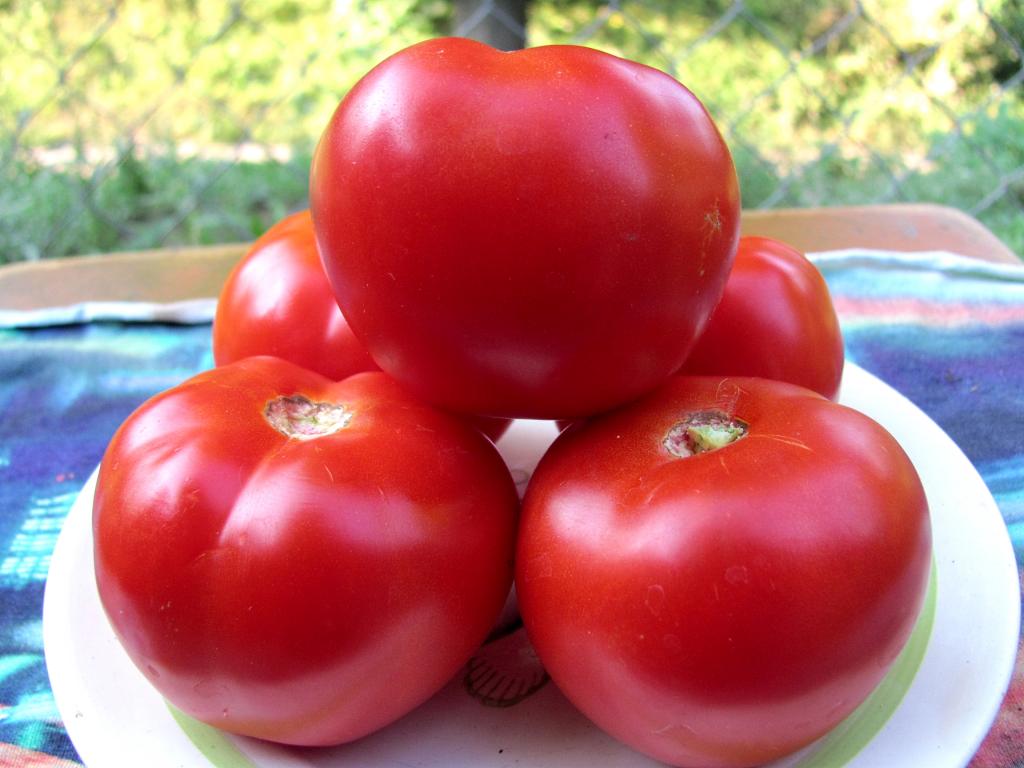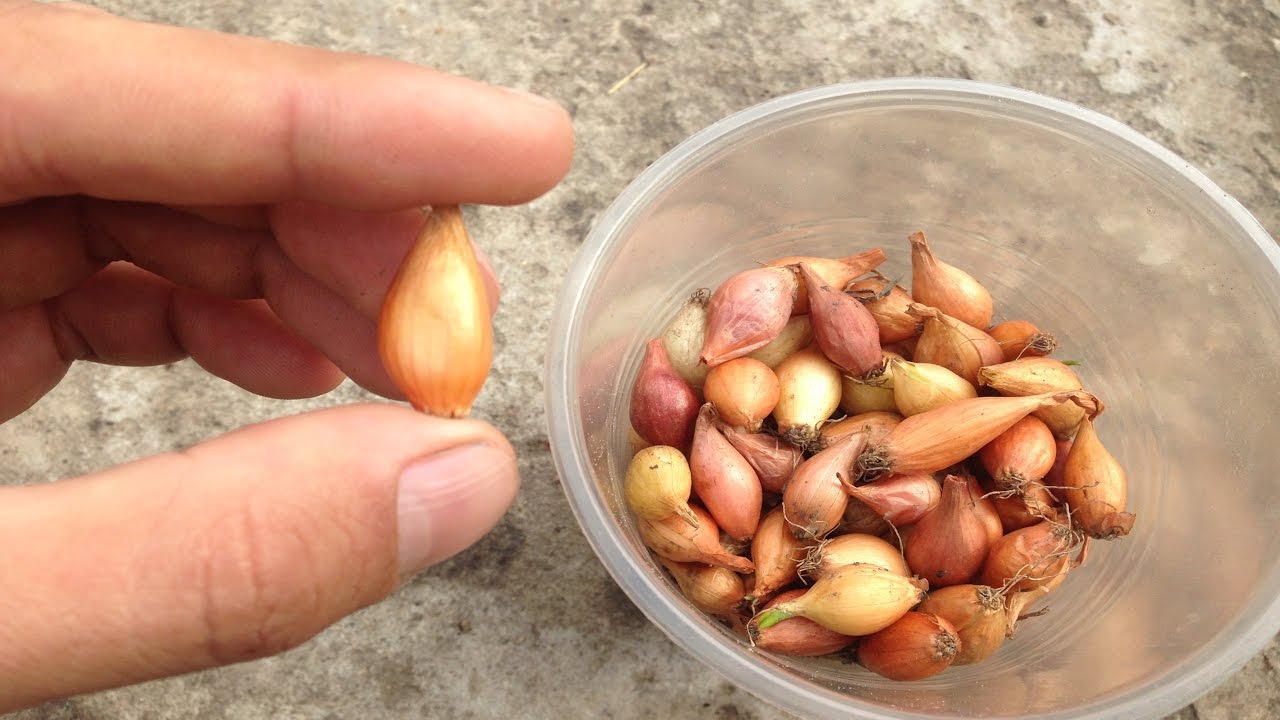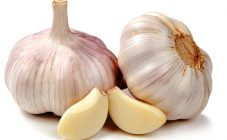Content:
Onions are a fairly common agricultural crop in the gardens of summer residents. Almost any farmer grows onions on his plot. Cupido onions have some success among people who grow organic products on their lands. This variety has another name - Cupid's bow, although this variety rarely releases arrows. Cupido brings a rich harvest. It was bred by the breeders of the Netherlands. Cupid bow for all descriptions and characteristics has only one drawback. It is not resistant to low temperatures. Сupido is suitable for cultivation in the southern and central regions of the Russian Federation. Resistant to a variety of diseases and pests. The vegetable has many useful properties, one of which is antiviral. It is used to prepare a variety of dishes, giving them a slightly tangy taste. Suitable for preservation, pickling, fresh, sautéing.
Characteristics of the variety
According to the description of the variety, Cupido onions have the following characteristics:
- Keeps shape;
- Well transported;
- There are no decay processes;
- Stored for a long time, etc.
Cupido onion sets are very popular with farmers who are engaged in industrial cultivation of this vegetable. Since in percentage terms the yield of this variety is from 95 to 100. It is also suitable for growing in small gardens, as it is extremely unpretentious to care for. Sevok has a light, golden hue, slightly elongated, hard to the touch, the husk is dense but thin. It adapts well to any conditions except low temperatures. Very good root system. The average fruit formation rate is 85 days. The fruits weigh about 150 grams and have a mild flavor in terms of characteristics. From one square meter, you can harvest about 9 kg of the crop.
Features of growing agriculture
Onion sets Cupido description of the variety indicates that it is not suitable for planting in open ground. It can be germinated either under agrofibre or in greenhouse conditions. For a good harvest, the seeds must be prepared. You can check if they are empty or not in a saline solution. Those seeds that cannot bear fruit will remain on the surface of the solution. Those seeds that have drowned in it should be collected; it is recommended to soak them in a weak solution of potassium permanganate. This will protect the seeds from a variety of diseases. Growth stimulants can also be used. Next, the seeds should dry out in a warm place. Poorly dried seeds can become covered with fungal diseases. However, if varietal seeds are of a high class and are purchased at specialized retail outlets, you can skip the disinfection process, since they are processed at manufacturing plants. On the package with purchased seeds, the manufacturer's certificate must be indicated. There are several ways to sprout this type of onion:
- In flat containers;
- In peat cups;
- In snails.
The more common method is to grow in flat containers. Germinating seeds in peat cups is also good, but more costly. Already treated seeds should be planted in a container. Seedling land can be purchased from shops that sell various crops. In the room in which the containers with seeds will remain, it is recommended to maintain the temperature regime.It is advisable that the temperature does not fall below 18 degrees. At lower temperatures, the percentage of onion germination decreases. The first shoots appear within 6 days. If sowing was done densely, the erupted sprouts require seating.
Sprouted shoots should be hardened before planting in open ground. To do this, for some time, which must be increased every day, the room with seeds is ventilated or containers are taken out under the open sky or onto a balcony. This is done so that this type of onion does not die with sharp fluctuations in temperatures in the soil.
The soil that will be used for planting Cupido f1 onions is important to fertilize and remove weeds. For a better harvest, carrots can be grown next to the onions. The operation of planting sprouts in open ground can be carried out exclusively at positive temperatures. Otherwise, there will be no harvest. The distance between the shoots should be about 10 cm, so that the developing fruits do not interfere with each other. Bulbs are planted to a depth of no more than 5 cm.
Varietal seedlings can be planted in the spring, or in the first decade of November. The diameter of the bulbs intended for planting should not exceed 2.5 cm. The sevok should be strong in appearance, with a golden shiny skin, without damage. Soil preparation involves digging and fertilizing. Fertilizers can be used organic. Fertilizers such as ash, potassium salt or phosphates are also not bad. You can also mix the soil with hay or dry grass. This will create a certain amount of insulation for the onion set. The variety is unpretentious to the soil, but low-acid, loose soil is most suitable. The clay soil will keep the fruit from gaining weight. It is good if in front of the onion, squash or cucumbers grew on this site. The distance between the onion rows should be at least 15 cm. Also, the site should be located in a sunny place, protected from drafts. When onions are planted at the end of autumn, the sets gain moisture and subsequently the fruits acquire a slightly sweetish taste.
This crop does not require careful maintenance. It will be enough to loosen the soil, remove weeds and water. This is done to ensure that the vegetable receives enough oxygen, fertilizer, minerals and nutrients. It will also help it form and grow faster. Substances that are not desirable for feeding this crop are:
- Nitrogen;
- Nitrate.
These fertilizers will not bring any nutrients to the vegetable. Moreover, cupido may start to dry out as the variety does not accept this type of fertilizer. Treatment from pests should be carried out on time. The variety is very often attacked by an onion fly. In order to protect the culture from this pest, calendula or assorted low-growing marigolds are planted around the perimeter.
The harvested crop must be well ventilated and allowed to dry out. Dry parts of the bulbs should be removed. Cupido can be stored in wooden or plastic containers with holes for ventilation. The optimum storage temperature is 15 degrees. A cellar or pantry works well.
Advantages and disadvantages of Cupido onions
This variety has many advantages. This is a high yield, and a powerful root system, and the weight of fruits, and resistance to pests and diseases, and unpretentiousness to soils, etc. Also, the undoubted advantage of this variety is the harvest time.The sevok that was planted in the first decade of November can be harvested in mid-May. This is several months earlier than other varieties. The biggest drawback of Cupido onions is their instability to sudden changes in temperature and to low temperatures.
Onion perfectly protects against many types of viruses, has an antibacterial effect, removes inflammatory processes on the skin of the face, saturates the human body with necessary vitamins and minerals. This is an unpretentious agricultural crop that does not require additional care.
